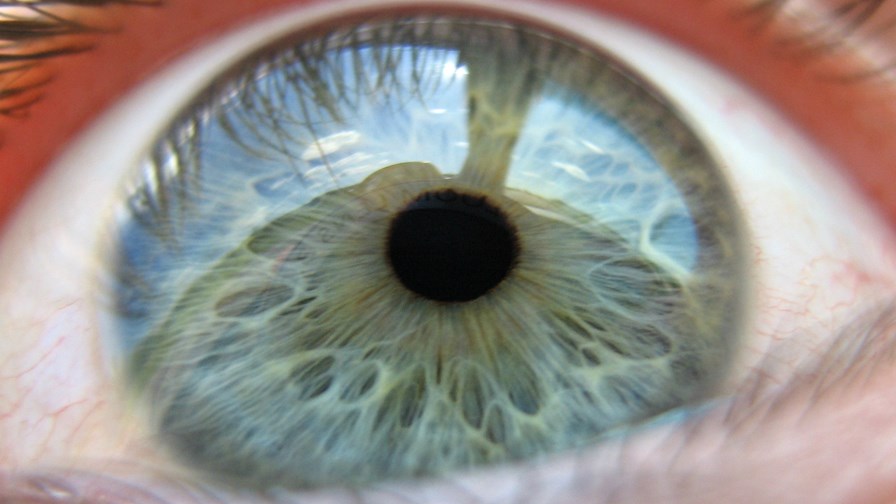
via Flickr © Sam Bald (CC BY 2.0)
“The mobile phone has long since graduated from being a device that purely enables person-to-person communication,” kicks off Juniper in a supporting white paper for its new report: Human Interface & Biometric Devices Emerging Ecosystems, Opportunities & Forecasts 2014-2019.
Indeed it has. A decade and a half ago vendors were still debating the ‘Swiss army knife’ question. Would functions such as photography be absorbed into the phone or would users really prefer to have independent products to play music on, take photos, aid navigation and so on.
We now have our answer. Voice, then and now usually seen as the main mobile phone application, is on the wane. The young hardly use the ‘funny phone bit’ at all, preferring to text, SnapChat and Facebook message all they can and call only as a last resort.
In business circles something almost as pronounced is happening. Where 20 years ago it was acceptable to call a contact (“He’s free, I’m putting you through”) it’s deemed almost rude to just call someone’s phone now, even if they have given you their business card. The increasingly proper thing is to text or email to request a conversation… if people everywhere, also equipped with ubiquitous telephony, felt able to call you just when they wanted… well you’d never get any work done.
So the phone can now act as an ‘enabler’ for just about everything (even telephony if you ask first) and must be carried at all times in case you need it.
But now the functionality bottleneck has shifted so that we need to be addressing a new question: ask not what your phone can do for you, but what you can do for your phone? Couldn’t you make its life easier and its applications smoother if, instead of pecking away at it in a hunched and (according to Sergey Brin of Google) unmasculine manner, you signaled to it, talked to it, stroked it… in other words initiated new modes of control?
According to Juniper Research this question deserves a resounding ‘yes’ and the field is shaping up nicely.
It name-checks a plethora of biometric techniques which may on the rise and which we have to know about.
Wave & Motion: This is the technology that auto flushes on public toilets, automatic doors and security lights, and works on some games systems such as the Xbox Kinect, and Nintendo’s Wii Fit. Wave and motion commands can use either the smartphone’s camera, sound, or proximity sensors.
Iris: Improved camera sensor and processing technology, combined with higher MPs, is set to unlock new potential for facial and iris scanning to drive new avenues for mobile marketing. Juniper Research also anticipates that improving camera quality will also enable more detailed scanning and tracking of face and eyes to help further enhance the user experience.
Voice: Voice technology can be divided into two broad disciplines - VAC (Voice Activated Command recognises words and actions commands accordingly); and Voice Biometrics which involves recognition of nuances of language specific to an individual. This is less widely used in the public domain although there are signs that this is changing.
Facial: Juniper Research predicts that face recognition technology will become increasingly commonplace in the mobile phone industry and is highly likely to gain a foothold alongside other authentication and
Fingerprinting: Fingerprint sensors are increasingly incorporated into new handset launches. Data from GSMArena.com suggests that almost 3% of smartphone handsets launched in January to August 2014 included a fingerprint sensor, compared to less than 0.5% 5 years ago in 2010.
Biometric Identifiers: Now that smartphones are able to deal with various activities including payments and banking as well as sending and receiving emails, there is a growing need for improving their security system. Biometric identifiers step in here.
So how fast is this going to move? Juniper calculates that the rising price of apps, rising adoption rates and enhanced technological capabilities mean that Human Interface technology is forecast to enjoy dynamic growth in the coming 5 years. It anticipates that the market will experience year on year fivefold increases to 2019. The market is also expected to break the billion-dollar barrier in 2019, with estimated revenues of more than $1.2 billion in that year.
Email Newsletters
Sign up to receive TelecomTV's top news and videos, plus exclusive subscriber-only content direct to your inbox.




